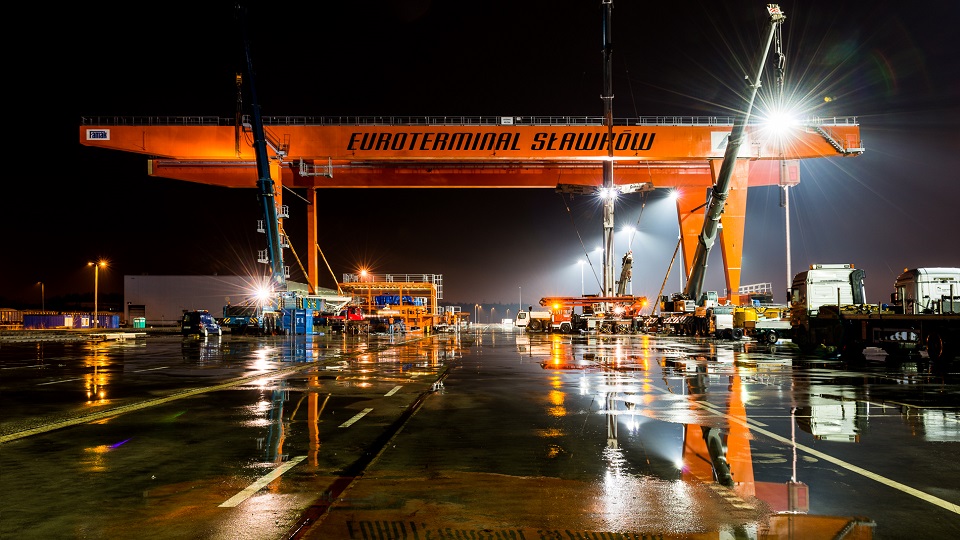For years, sea freight has dominated the global trade landscape — especially between Asia and Europe. But as supply chains evolve and businesses seek faster, more reliable logistics solutions, a new path is gaining traction: freight trains to Sławków, Poland — the westernmost broad-gauge rail terminal in Europe and a key gateway for goods coming from China via rail.
With global e-commerce and just-in-time manufacturing demanding quicker turnaround times, rail freight is emerging as a strategic alternative to ocean shipping, offering a balance between speed, cost, and stability.
For businesses that rely on fast inventory turnover, seasonal product launches, or perishable goods, that difference is game-changing. Shorter lead times also mean less capital tied up in transit, better forecasting, and improved customer satisfaction.

Speed: Rail Freight Is Significantly Faster than Sea
In today’s fast-paced market, speed matters. Whether it’s a retailer restocking popular items or a manufacturer awaiting critical components, customers expect quicker delivery and greater reliability. Rail freight helps businesses meet those expectations without resorting to the high costs of air freight. Getting goods into Europe faster means shelves stay stocked, production stays on schedule, and customers stay happy.

As global trade continues to evolve, companies are rethinking how they move products across continents. Rail freight to Europe is no longer a niche option — it’s a strategic advantage. With better transit times, growing infrastructure, and environmental benefits, the shift from sea to rail reflects a broader trend toward smarter, more agile logistics. Forward-thinking businesses are already on board. The question is — will you be next?
Sławków: Europe’s Strategic Rail Hub
Located in southern Poland, Sławków is the westernmost point of the wide-gauge railway extending from the former Soviet Union. This means trains can run uninterrupted from China, through Kazakhstan, Russia, and Ukraine, directly to Poland without changing gauges — saving critical time and costs.
From Sławków, goods can be quickly redistributed across Europe via road or standard-gauge rail networks, reaching major markets like Germany, France, and Italy in just a few days.
Ocean freight is vulnerable to disruptions:
- Port congestion
- Container shortages
- No distortion from intermediaries
- Weather-related delays
Eco-Friendlier Than Air Freight
While not as fast as air, rail freight offers a much smaller carbon footprint and is a far more sustainable alternative. For businesses focused on ESG goals and greener supply chains, rail hits the sweet spot: faster than sea, cleaner than air. Rail freight typically costs more than ocean shipping but far less than air freight. This makes it an ideal option for goods that:
Cost-Effective Middle Ground
- Require quicker delivery than sea allows
- Can’t justify the high cost of air
- Need reliable scheduling and moderate flexibility
For medium-value goods like electronics, fashion, machinery, or auto parts, rail often provides the best value-to-speed ratio.
Modern rail freight services offer digital tracking, so shippers can monitor progress in near real-time — a major upgrade over the often opaque nature of sea shipping. This transparency helps with planning, inventory management, and customer communication.
The Case for Rail is Stronger Than Ever
As global trade continues to evolve, the traditional reliance on sea freight is being challenged by faster, smarter alternatives. Freight trains to Sławków offer a compelling route to the EU — blending speed, reliability, and environmental responsibility.
For businesses that demand agility and efficiency in their logistics, the tracks to Europe may now be paved with steel, not saltwater.
Are you ready to put your supply chain on the fast track?
